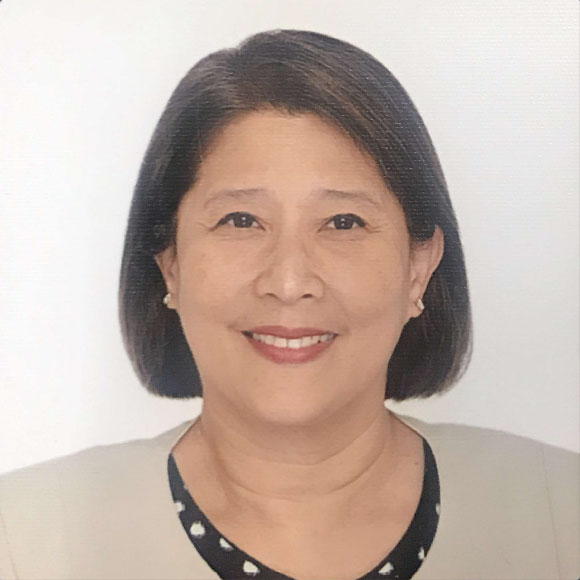Dr. Takaaki Kishimoto is a Diplomate of the American Board of Periodontology. He obtained his DDS degree from the Nagasaki University School of Dentistry, his Master of Science in Dentistry degree from the Indiana University School of Dentistry and PhD from the Nagasaki University Graduate School of Biomedical Sciences, Department of Periodontology. He is a Certifying Periodontist, Japanese Society of Periodontology.
He had his GPR residency at the Nagasaki University Hospital. He is a Clinical Associate Professor at the Nagasaki University School of Dentistry and is the Vice-Director and Periodontist at the Kishimoto Dental Office.
He has lectured in the Annual Meetings of the American Association of Periodontology, Japanese Association of Periodotology and among others, Euro-Perio, IADR, in Asia, America and Europe. He has several articles published in the Journal of Periodontal Research, to wit:
- Peptidoglycan and lipopolysaccharide synergistically enhance bone resorption and osteoclastogenesis. Kishimoto T, Kaneko T, Ukai T, Yokoyama M, Ayon Haro R, Yoshinaga Y, Yoshimura A, Hara Y J Periodontal Res. 2012 Aug;47(4):446-54.
- Membrane-bound CD40 ligand on T cells from mice injected with lipopolysaccharide accelerateslipopolysaccharide-induced osteoclastogenesis. Yokoyama M, Ukai T, Ayon Haro ER, Kishimoto T, Yoshinaga Y, Hara Y J Periodontal Res. 2011 Aug;46(4):464-74.
- Locally administered interferon-γ accelerates lipopolysaccharide-induced osteoclastogenesisindependent of immunohistological RANKL upregulation. Ayon Haro ER, Ukai T, Yokoyama M, Kishimoto T, Yoshinaga Y, Hara Y J Periodontal Res. 2011 Jun;46(3):361-73.

